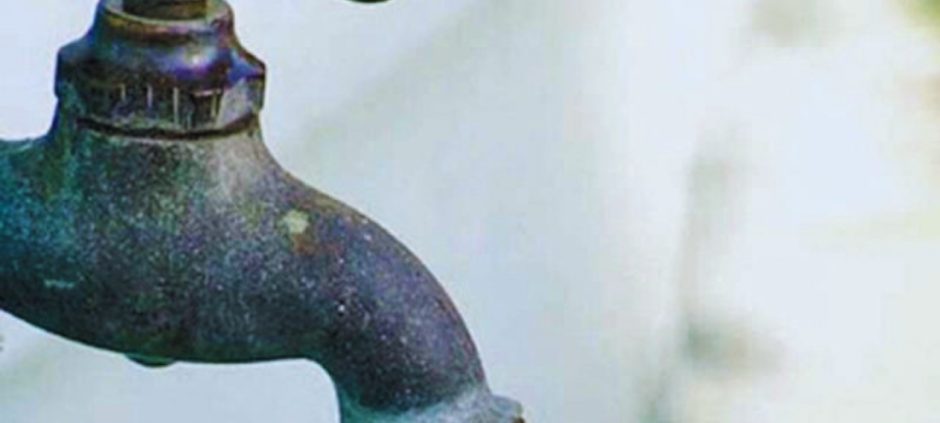The supply of polluted water in Karachi and other parts of Sindh has escalated into a severe public health emergency, causing widespread stomach, skin, and eye diseases among millions of residents.
Medical experts report that over 50,000 children and adults die annually in Pakistan due to water-borne illnesses. According to the World Health Organization (WHO), 70% of diseases in the country are linked to contaminated water. In Karachi alone, around 20,000 children perish each year from illnesses caused by unsafe water.
REad More Pakistan’s Usable Water Reserves Witness Significant Decline
Skin Infections on the Rise
Dr. Shumail Zia, a dermatologist, highlighted a surge in fungal and bacterial skin infections—such as tinea corporis, folliculitis, and eczema—due to polluted water, particularly with high salt content.
“Contaminated water contains harmful bacteria, viruses, chemicals, and toxins that severely damage the skin. Direct contact during bathing or washing can lead to infections like impetigo, cellulitis, scabies, and dermatitis,” warned Dr. Zia. He urged the public to use clean water, maintain hygiene, avoid self-medication, and consult specialists if symptoms appear.
Eye Diseases Linked to Dirty Water
Dr. Zia Iqbal, an ophthalmologist, stated that polluted water poses serious risks to eye health. “Bacteria, viruses, and chemicals in contaminated water can cause conjunctivitis, trachoma, and even corneal ulcers—some of which may lead to permanent blindness,” he explained.
Lack of awareness, poor hygiene practices, and limited healthcare access exacerbate the spread of these diseases.
Failing Water Treatment Systems
Most Karachi Water and Sewerage Corporation (KW&SC) filtration plants have been non-functional for decades, leading to insufficient chlorination. This has contributed to the rise of deadly infections like Naegleria.
Mohsin Raza, General Secretary of the People’s Labour Union, revealed that only 3 out of 9 KW&SC filter plants are operational. “The city requires 240 chlorine cylinders monthly for proper water treatment, but only 150 are supplied—a 40% shortfall. Some areas receive completely unchlorinated water, increasing health risks,” he said.
Urgent Action Needed
The crisis calls for immediate government intervention to repair water treatment infrastructure, ensure proper chlorination, and raise public awareness on safe water usage to prevent further health disasters.











